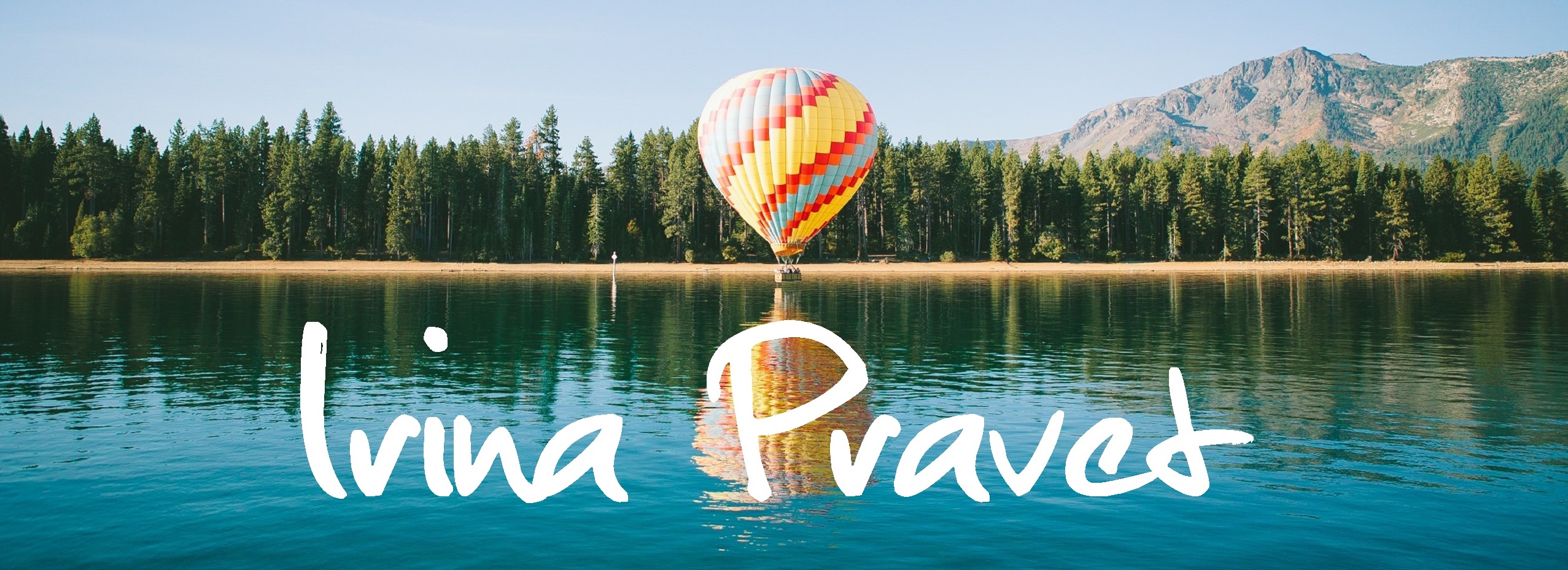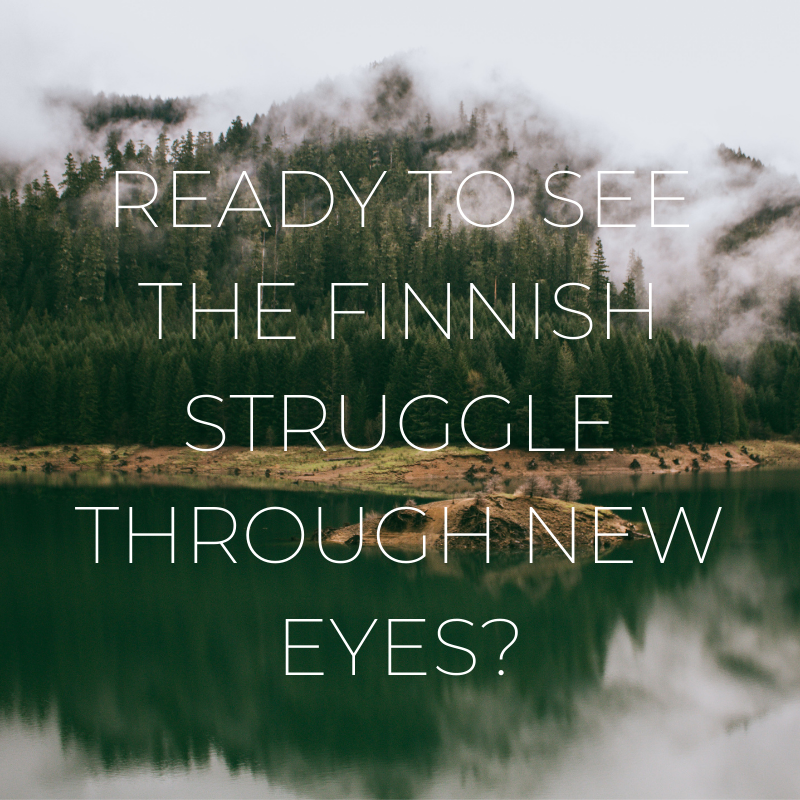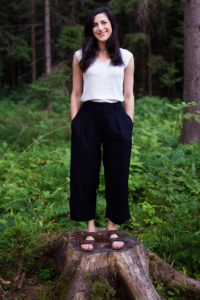This week I did an interview with Oliver from learnwitholiver.com (<– click to read the interview) where I answered 10 questions about language learning and living abroad, among other topics. Of the 10 questions, my favourite was:
What is your single best non-obvious tip for language learning?
This was such a great question (thank you Oliver for asking it!) that I decided to write a whole post about it.
My best tip, and the way I start off learning any language is to immediately start thinking in that language. Yes, even if my mind is completely blank in the beginning.
When you speak your native language, you don’t stop to think about what you’ll say in a different language and translate it. Yet when speaking a foreign language, a lot of us think first in one language then spend time translating what we want to say. This has many drawbacks since you end up:
- speaking really slowly
- doing extra cognitive work: think + translate + speak, instead of think + speak
- using very odd sentence structures
Now I have to warn you, this is a skill which requires practice. But I know you can do it because you do it every day.
Think back to how you started speaking your native language. Back then your brain had a lot more work to do because you weren’t only missing words, but also concepts. These days, most of the concepts are already in your head, you just need new words to associate them with.
Here’s how you do it:
#1 Start by labeling what you see around you
Instead of seeing a car, thinking ‘car‘ and then thinking ‘auto,’ try to train yourself to look at the object, and think ‘auto‘ straightaway.
#2 Get curious: look for inspiration in your surroundings
This sounds simple but it’s powerful. You see the same objects every day. You likely see the same people and go to similar places everyday, so start to get curious about what your life would look like if it happened in Finnish or another language. You eat from a plate everyday, how do you say plate? (FYI – lautanen) You sit on a chair everyday, how do you say chair? (FYI – tuoli) And so on. When you don’t know a word, look it up or ask someone.
#3 Build layers to your simple labels
Once you get the hang of labeling and it feels easy, start by adding to your words. If you’re used to using nouns, you can add adjectives and build up more complex thoughts:
car –> auto
red car –> punainen auto
I drive a red car. –> Mä ajan punaista autoa.
I drive a red car to work. –> Mä ajan punaista autoa töihin.
Whenever you realize you don’t know how to say something, look it up, ask someone or try your best and check if you said it right.
So there you have it! My single best non-obvious trick for language learning: think in the language you’re learning, even if your mind is blank in the beginning, and build your knowledge up from there. Just like you did when you were little, and yes, you can do it – and enjoy it – again 😉 You’ll be surprised at how such a simple skill can help you grow your knowledge exponentially.



